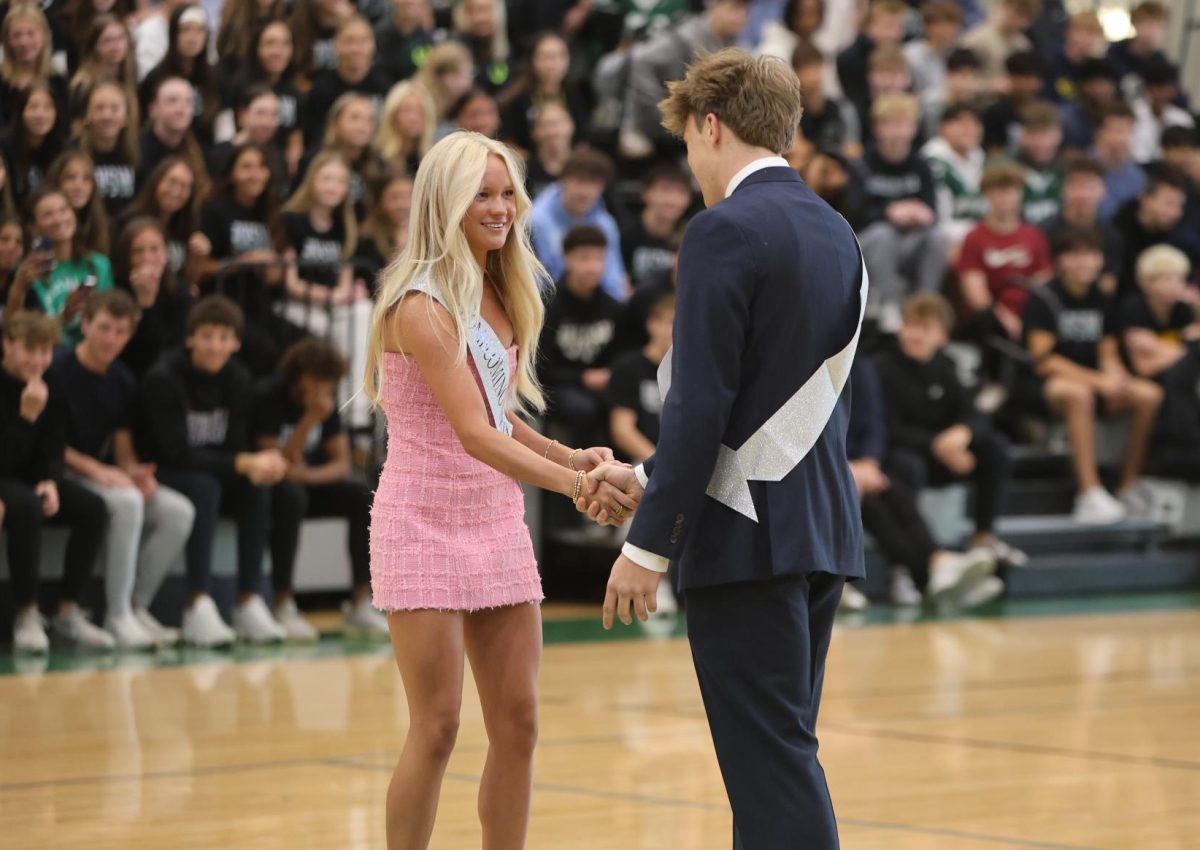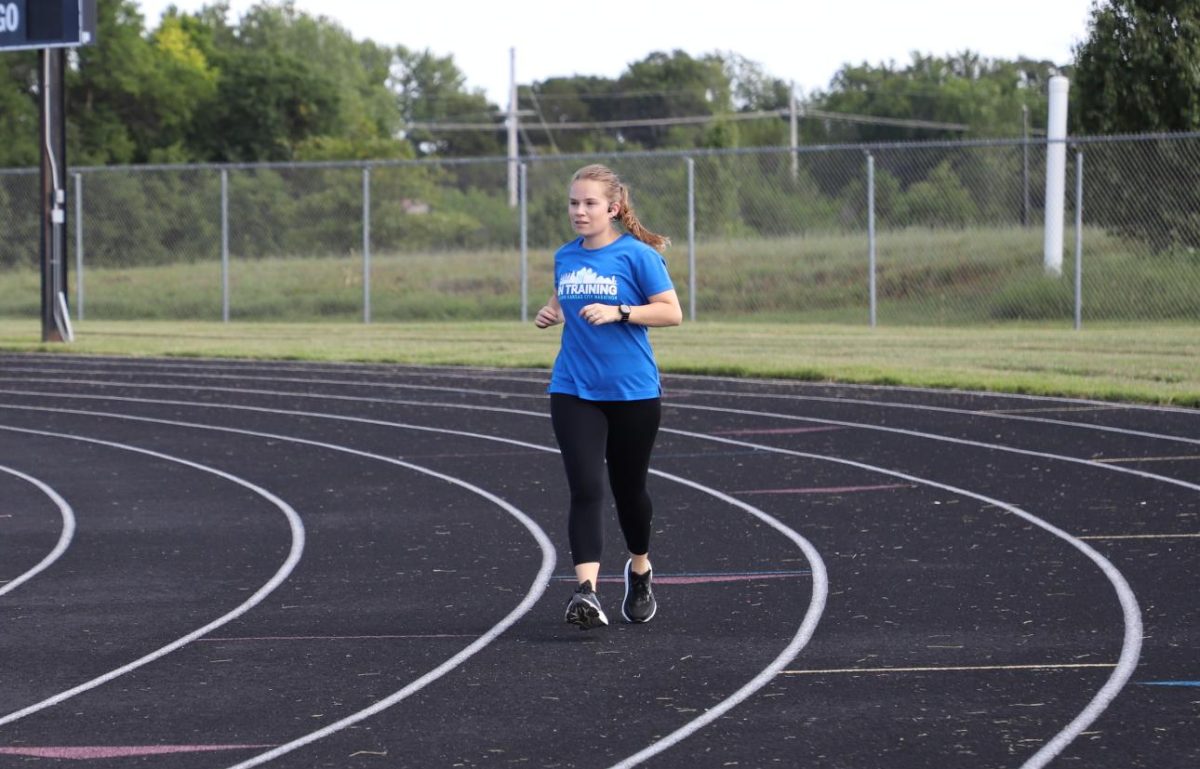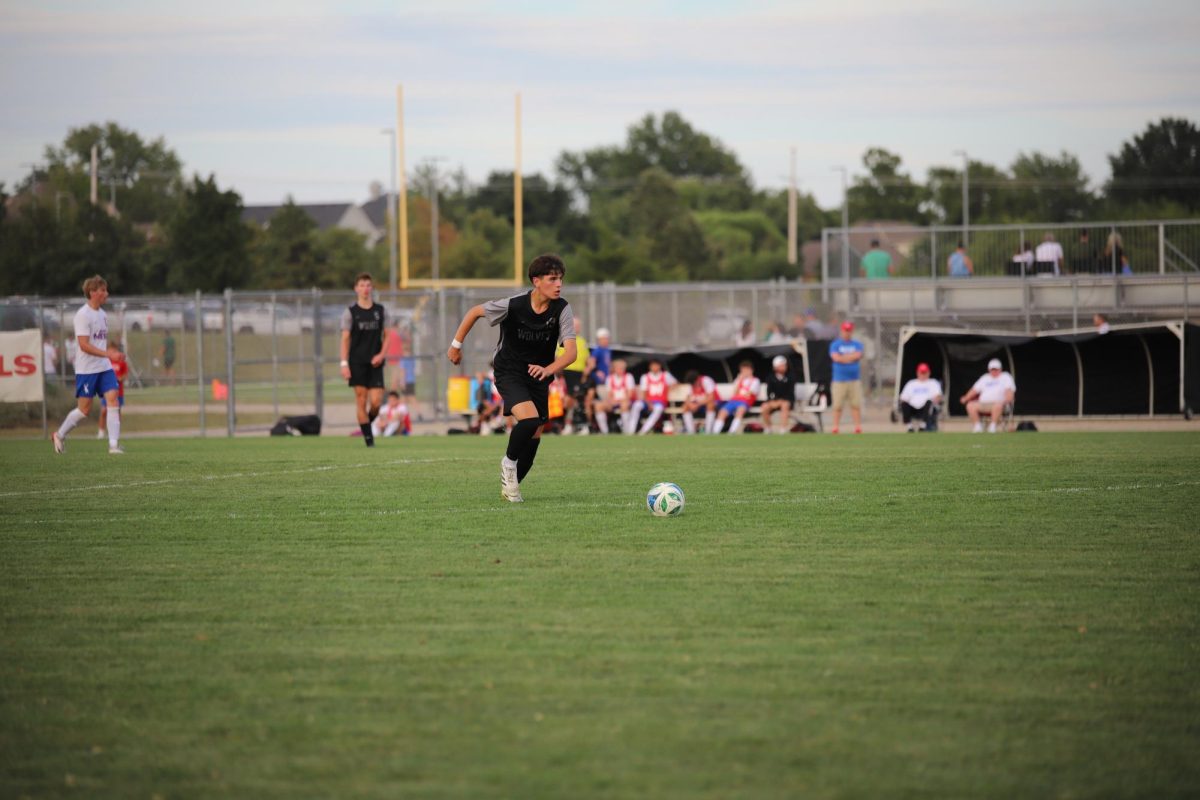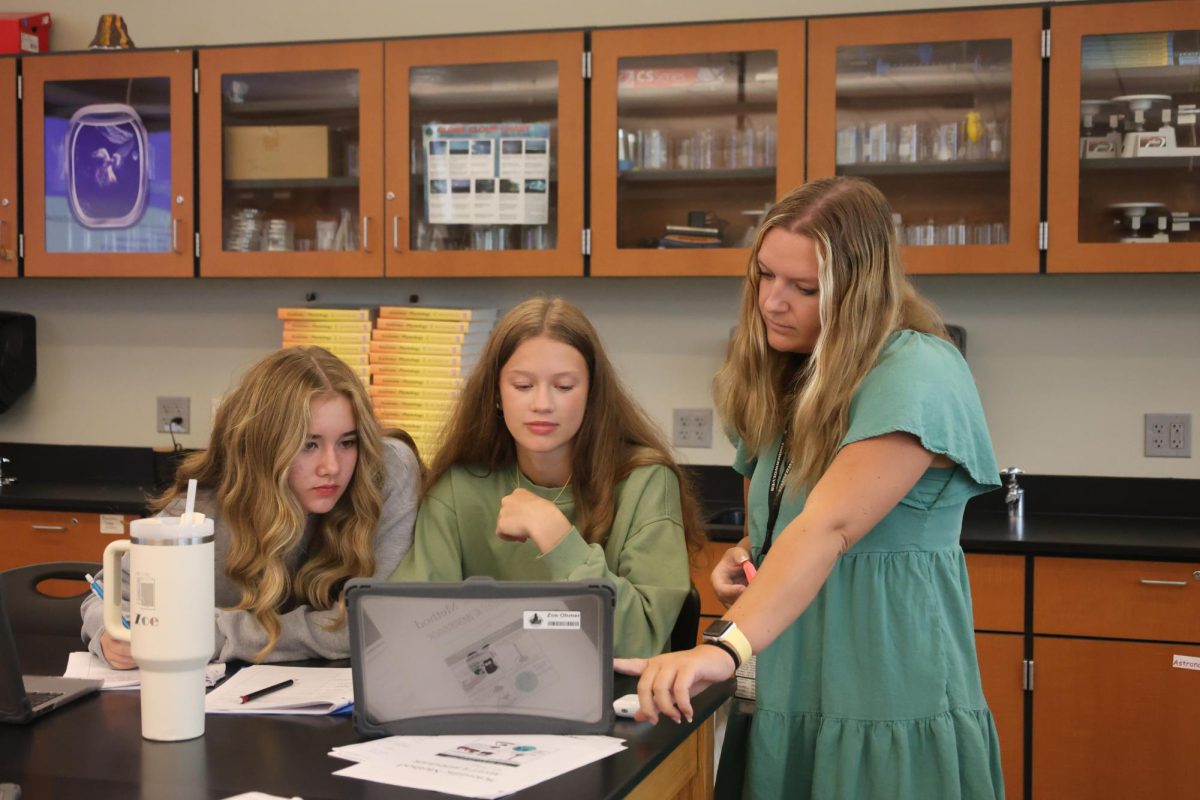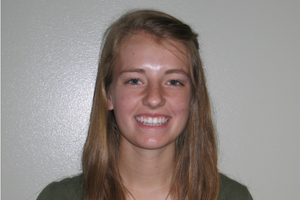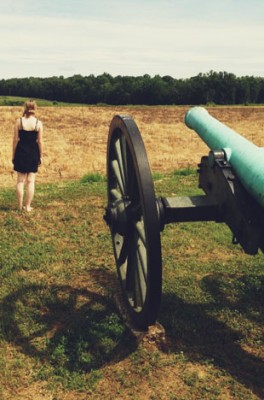
He stares back, face void of emotion. The picture reflects a face with hollowed-out eyes and no smile. The boy is wearing a confederate soldier’s uniform. He is 16 years old. He is the “face of the boys’ war.”
When freshman Shelby Moseley was in sixth grade, she stumbled across this picture in a book.
“Its really haunting,” she said. “You can’t just stare at that and then not remember it.” 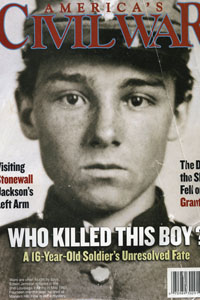
Moseley then began spending countless hours Googling the author and the book in an effort to figure out who he was.
“I wanted to know more about him,” she said. “At that point, I didn’t know if he died in war or not. I only had his picture. I just want to tell his story.”
The man she was looking at was Private Edwin Francis Jemison. Jemison enlisted in the Civil War with seven of his friends and two uncles. He was stationed at Camp Moore and later shipped to Virginia to fight on the confederate side of the Civil War. In 1862, he was decapitated by a cannonball in the Battle of Malvern Hill.
“He’s not famous for what he’s done in the war because he died so early, so he didn’t really do anything significant in that regard,” Shelby said. “His picture is famous because it’s the face of the boys’ war because all of the soldiers were so young.”
This then raises the question of this boy’s significance compared to everyone else who fought in the war.
“Why does anybody’s story deserve to be shared?” Shelby said. “If you want to look at it through the war aspect, he was so young when he enlisted. I can’t imagine being 16 years old, going off to such horrific warfare. His devotion to his family and his country truly amazes me. From a non-war aspect, though, his life was pretty interesting. There are so many stories to be told from that.”
The difference between Shelby’s research and a typical book report is she had no basis for this information. To learn about Jemison, she had to use old town newspapers, military service records and letters.
“In a lot of ways, it’s been a good mystery story for me,” she said. “I have clues, but I’ll never exactly know everything about him, and that’s just how history is.”
Her family has also been very supportive.
“I think it’s great she’s taken a passion in something that interests her,” Shelby’s brother senior Hunter Moseley said. “Even if it’s sort of very crazy.”
To further her research, Shelby went to Georgia over the summer. Her mother contacted the Milledgeville Convention and Visitors Bureau and was then connected to a Milledgeville volunteer trolley tour guide Sara Brantley.
“I was immediately interested in Shelby and to see what I could to do help her regarding Edwin,” Brantley said.
Brantley contacted historian Hugh Harrington, who was also researching Jemison. Together, the two of them planned for Shelby’s trip.
Shelby and her mother spent five days in Georgia with Brantley and Harrington. While they were there, they viewed monuments dedicated to the Jemisons, as well as visited Jemison’s grandparents’ house.
“I was pleased that anyone her age would be interested in history,” Harrington said. “Whether she becomes a professional historian, history teacher or professor, or simply enjoys studying history, she has the opportunity to begin a lifelong hobby, pastime or profession. Some people play golf or work in coal mines. Others, the lucky ones, spend their time on history.”
Through this visit, Shelby was able to answer some of the questions she had about Jemison. Ultimately, Shelby hopes to write a book about her findings on Jemison.
“What you can learn from Shelby is things that interest you at age 14 is telling of what you will want to do with your future,” Brantley said. “Don’t think you’re too young to know. I wish I had paid attention and followed my heart then like she’s doing.”


